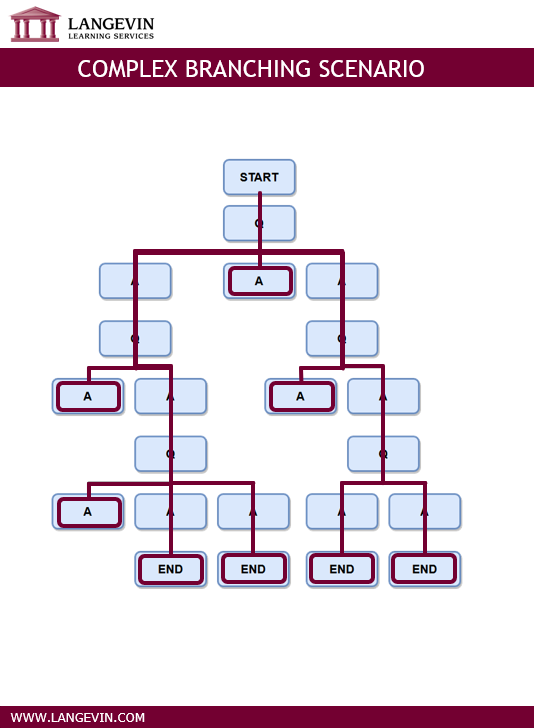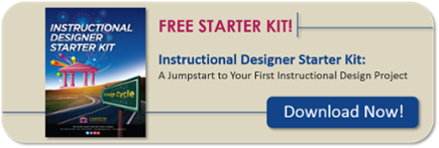Photo by: marrio31 via Canva
Imagine you’ve entered a corn maze and you’re walking around trying to find the exit. You come to a crossroad and have the choice to go straight, turn right, or turn left. You choose to turn right and end up in a dead end. So, you retrace your steps and go back to the beginning and make your next decision. You continue through the maze and now you see a clearing. You think “this must be the exit,” only to discover it was a false exit disguised to trick you into thinking you’re finished the maze. You now stop and analyze the decisions you’ve made so far and assess which turns were incorrect. After analyzing your map and the steps you’ve taken, you find the exit! You’ve conquered the maze.
A corn maze needs an extensive amount of planning by the creators. The creator needs to decide whether it will be simple or complex, map it out with dead ends and false exits, and create the maze with the resources and tools available. This planning likely takes months from conception to completion.
The same is true in e-learning when creating action mazes/branching scenarios to assess learning. In a previous article, I outlined the general planning steps. For today, let’s look at some tips on how to assess learning with one main branching scenario (simple) and with multiple branching scenarios (complex).
One Main Branching Scenario

In the example above, every choice leads back to the main branch of the story. For correct choices, you’ll provide positive feedback that explains why the story continues. For incorrect choices, you’ll explain what makes the choice incorrect and where the story would lead if it were to continue down this path.
This simple format can be very meaningful for learners as it explains the consequences of an incorrect action in a way they can really understand. After the feedback, the scenario returns to the main branch of the story and continues through the same process until the learner reaches the end.
Multiple Branching Scenarios

In the above scenario, we don’t just explain what would happen for incorrect choices, we show them. So, if the learner chooses an incorrect path, that path might lead to a dead end or continue through the story branching into other paths leading to the outcome of that choice. Ideally, these alternative endings (false exit in a corn maze) should reflect real scenarios that can happen on the job.
If the learner chooses a path that takes them to a dead end, they must restart the story from the beginning (retracing their steps in a corn maze).
With alternate endings (false exits), once the learner reaches the incorrect ending, they need to assess and analyze that ending and decide why it’s not the correct one. Depending on their analysis (e.g. a series of questions they need to answer to help guide them), this might lead to additional learnings based on whether they get “stuck” understanding why the path chosen was not the correct outcome.
When designing your next branching scenario, think of it as a corn maze. First, decide whether you want a simple or complex maze. Then, if you choose the complex maze, map it out with a storyboard to decide which paths will be dead ends and which paths will lead to alternative endings (those sneaky false exits!). Finally, decide at what point, if any, these paths will lead to additional learnings.
Check out the Interactive e-Learning workshop and learn out how to choose from both types of branching scenarios, script and chart a branching scenario for easy design, and test a branching scenario before development using an 11-step process.


